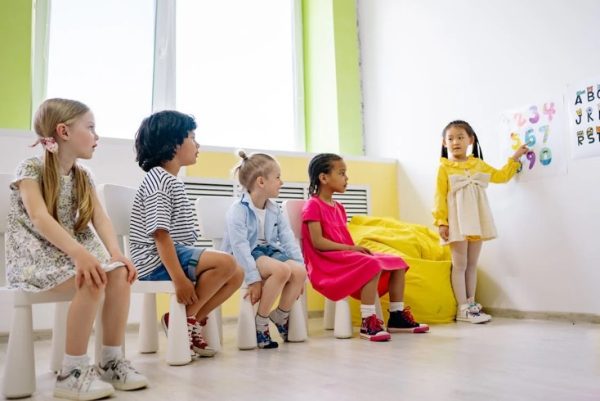
Tips To Introducing Kids To Diversity
Often many parents sense their child having issues when exposed to diversity. Teaching kids about diversity is essential for fostering inclusive and empathetic individuals who appreciate and respect differences in people. It is important to make children understand the meaning of diversity and how understanding diversity helps to coexist not just in school but elsewhere too.
Kids friendly diversity definition can be explained in simple differences between plants, animals and humans:
- Diversity in plants means trees, bushes, flowers, grass, etc and they live happily.
- Diversity in dogs means big dogs, small dogs, long and short haired dogs, different color dogs etc.
- In humans it is race and skin color, religion, age, disabilities, etc. and we must live in this world together.
Here are few tips and strategies for teaching kids about diversity:
Start Early:
Begin discussing diversity with children at a young age. Even toddlers can start to understand basic concepts of fairness and kindness.
Use age-appropriate language:
Tailor your discussions to the child’s age and comprehension level. Use simple and concrete language for younger children and gradually introduce more complex ideas as they grow.
Be a role model:
Children often learn by example. Demonstrate inclusive behavior, respect for others, and an open-minded attitude in your interactions with people from diverse backgrounds.
Explore different cultures:
Introduce children to various cultures through books, movies, music, and art. Visit cultural festivals, museums, and restaurants that celebrate diversity.
Storytelling:
Share books and stories that feature characters from diverse backgrounds. These stories can help children relate to and empathize with people who are different from them.
Encourage questions:
Create an environment where children feel comfortable asking questions about differences. Answer their questions honestly and age-appropriately.
Promote critical thinking:
Encourage children to think critically about stereotypes and biases. Discuss how these stereotypes can be harmful and inaccurate.
Celebrate differences:
Highlight the beauty of diversity by celebrating holidays and traditions from different cultures. Engage in activities that showcase various customs and cuisines.
Teach empathy:
Help children understand the feelings and experiences of others. Encourage them to put themselves in someone else’s shoes and consider how their actions might impact others.
Address Bullying and Discrimination:
Teach children about the negative consequences of bullying and discrimination. Encourage them to stand up against unfair treatment and report it when they witness it.
Create inclusive play environments:
Encourage diverse playgroups and friendships. Children learn valuable lessons about diversity when they interact with peers from different backgrounds. Have them celebrate festivals of various ethnicities.
Discuss current events:
As children get older, engage them in discussions about current events related to diversity, equity, and inclusion. Help them understand the complexities of these issues. Have a virtual tour activity of different parts of the world.
School and Community Involvement:
Support school programs and community initiatives that promote diversity and inclusion. Attend events that celebrate cultural diversity and promote unity.
Cook food from other culture:
It is a great way to highlight the culture and diversity. Foods attracts not just kids. It is also a great way to expose families for various cultures and diversity.
Encourage respectful language:
Teach children to use respectful and inclusive language. Discuss the importance of avoiding derogatory terms and stereotypes.
Be patient:
Understand that children may not fully grasp the concepts of diversity and inclusion immediately. Be patient and provide ongoing guidance and support.
Teaching kids about diversity is an ongoing process. By fostering an inclusive and open-minded mindset from a young age, you can help children grow into compassionate and accepting individuals who value diversity and promote a more inclusive society.
Image credit: Photo by Yan Krukau: https://www.pexels.com/photo/children-in-a-classroom-8613111/ (CC by 0)
Author: Sumana Rao | Posted on: January 6, 2025
« A Guide For Parents To Promote And Maintain Adolescents Health Ways To Manage Twins Tantrums »






















Write a comment